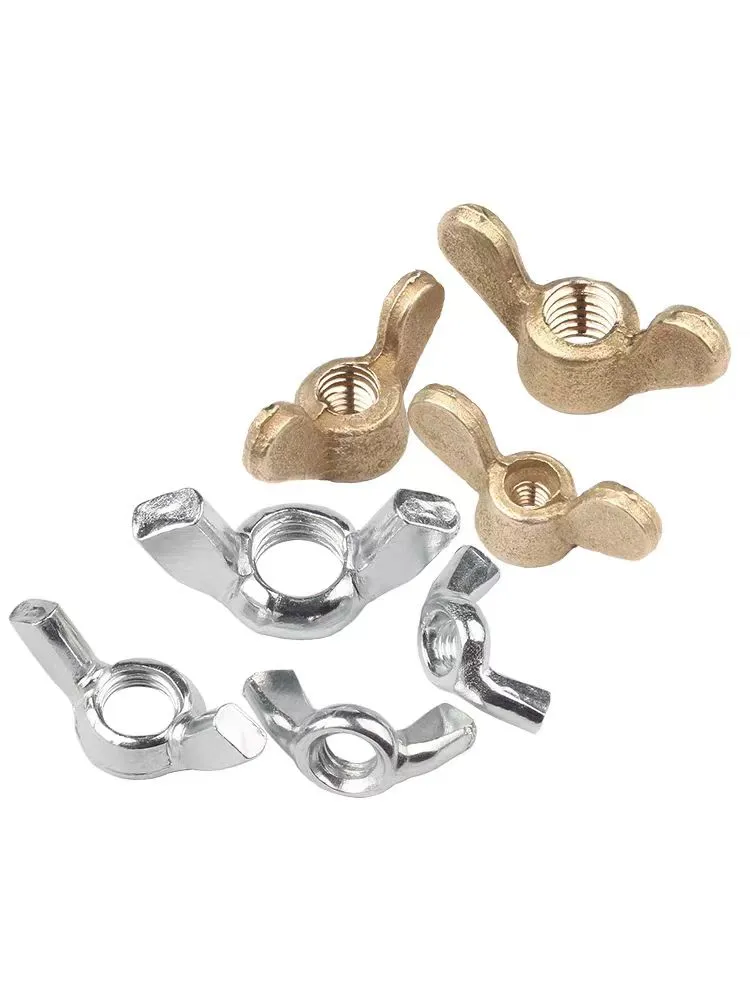

Understanding Sizes and Types of Self-Tapping Screws for Metal Applications
Des . 11, 2024 10:12 Back to list
Understanding Sizes and Types of Self-Tapping Screws for Metal Applications
Understanding Self-Tapping Metal Screw Sizes
Self-tapping metal screws are essential hardware components widely used in various industries, from construction to automotive applications. These screws are designed to create their own threads when driven into materials, eliminating the need for pre-drilled holes. Understanding the sizes of self-tapping screws is crucial for selecting the right screw for a specific application, ensuring the integrity and longevity of the assembly.
The Basics of Self-Tapping Screws
Self-tapping screws come in a variety of designs and sizes, making them suitable for different materials and applications. The most common types include
1. Type A Known for their sharp points and are typically used for thin sheet metal. 2. Type B Similar to Type A but designed for thicker materials, providing a more robust grip. 3. Type C These are used for heavier applications, offers even greater strength, and have larger threads.
The size of a screw is usually defined by three main parameters diameter, length, and thread count. Each parameter plays a vital role in determining the screw's performance and suitability for a specific task.
Diameter
The diameter of a self-tapping screw is an important factor. It can range from as small as 2.2 millimeters (approximately 2 size) to larger diameters exceeding 10 millimeters (approximately 14 size). The diameter is usually described in gauge numbers, where a higher gauge number indicates a smaller screw. For instance, a 10 screw is typically 4.8 mm in diameter, while a 8 screw is about 4.2 mm.
When selecting the diameter, consider the material thickness and load requirements
. A thicker material or one that bears heavy loads will require a screw with a larger diameter to ensure adequate strength and resistance to shear forces.self tapping metal screws sizes

Length
The length of a self-tapping screw is equally vital. Screw lengths often range from 10 mm to over 50 mm, depending on the application. To determine the appropriate length, consider the combined thickness of the materials being joined. A general guideline is to select a screw length that is at least 1.5 times the thickness of the material. For example, if you are fastening two 2 mm thick sheets of metal, a screw length of around 5 mm would typically suffice, but longer screws may provide additional holding strength.
Thread Count and Pitch
Thread count (or pitch) refers to the distance between the threads on the screw. A finer pitch means more threads per inch, which can provide a stronger grip in softer materials, while a coarser pitch may be better for harder materials. The choice of pitch is crucial when working with various substrates.
For example, a screw with a finer thread is often preferable for thin metals, as it offers better engagement and holding power. Conversely, a coarser thread might be more suitable for thicker metals, as it allows for quicker engagement and can prevent stripping.
Material and Coatings
Self-tapping screws are usually made from hardened steel, stainless steel, or other corrosion-resistant materials. The material selection depends largely on the environment where the screw will be used. For example, stainless steel screws resist corrosion better, making them suitable for outdoor applications. Additionally, various coatings, such as zinc plating or black oxide, can enhance corrosion resistance and improve the screw's aesthetic appeal.
Conclusion
In conclusion, understanding the sizes, types, and specifications of self-tapping metal screws is vital for any project that involves fastening metal components. Selecting the right diameter, length, and thread count is critical to ensuring optimal performance and durability. By considering the material properties and environmental factors, you can make informed choices that lead to successful applications in construction, manufacturing, and beyond. As technology and materials continue to evolve, staying updated on the best practices for using self-tapping screws will help maintain the integrity of your projects over time. Whether you are an experienced contractor or a DIY enthusiast, having a solid grasp of these fundamental concepts will undoubtedly enhance your craftsmanship and project outcomes.
Latest news
-
Hot Dip Galvanized Bolts-About LongZe|High Strength, Corrosion Resistance
NewsJul.30,2025
-
High-Strength Hot Dip Galvanized Bolts - Hebei Longze | Corrosion Resistance, Customization
NewsJul.30,2025
-
Hot Dip Galvanized Bolts-Hebei Longze|Corrosion Resistance&High Strength
NewsJul.30,2025
-
High-Strength Hot-Dip Galvanized Bolts-Hebei Longze|Corrosion Resistance&High Strength
NewsJul.30,2025
-
Hot Dip Galvanized Bolts-Hebei Longze|Corrosion Resistance&High Strength
NewsJul.30,2025
-
Hot Dip Galvanized Bolts - Hebei Longze | Corrosion Resistance, High Strength
NewsJul.30,2025

